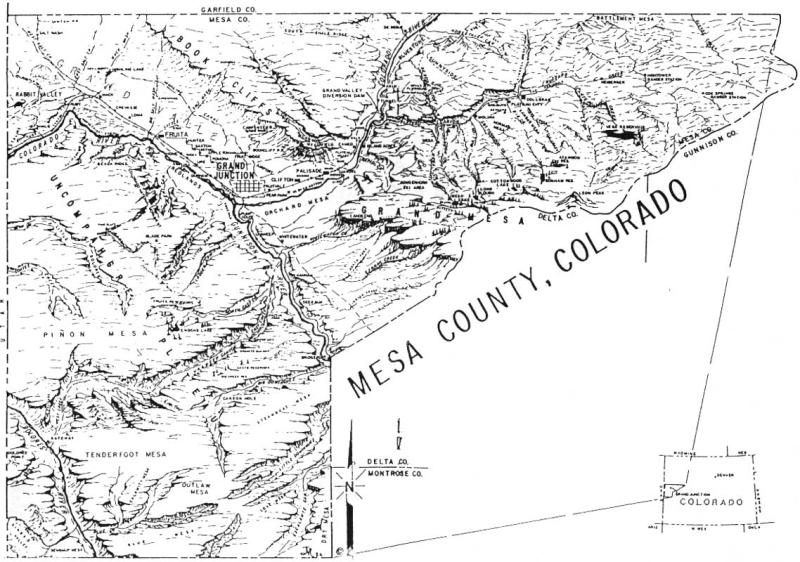About Mesa County GIS
Mesa County GIS provides geospatial services to all county departments and employees. These services include digital mapping products, geospatial data analysis, data collection support, hardware and software support, training, and more.
The GIS department also directly serves Mesa County residents and businesses. There are a number of geospatial resources available to the public including our Online Data Viewer, Assessor Parcel Lookup Tool, and the Open Data Portal.
History

In the 1980's the National Geodetic Survey (NGS) placed five High Accuracy Reference Network (HARN) points in Mesa County. The County used the NGS HARN points along with GPS technology to establish the “Mesa County Geodetic Control Network", the largest geodetic control network in the state.
The placement of the Mesa County Geodetic Control Network made it possible to create a standardized monument grid for public and private surveys. The network also set the stage for the later development of an accurate countywide digital base map.
The County's Engineering Department has continued to build what has been referred to as a Supernet of over 1000 main control points throughout the Grand Valley. Additional, less accurate, points bring the number of control points to more than 2000. These include Public Land Survey System (PLSS) sections and quarter-section points.
Mesa County GIS was formed as part of the County’s IT department in 1995. It was at this time parcel records were fully digitized and became the backbone of the department’s geospatial data holdings.
Other early GIS data was acquired through various state and federal agencies, and private entities such as the Colorado Department of Transportation and the Petroleum Information Corporation. Along with our digital parcels, these data allowed the County to start developing its first digital base map.
1990 Census data (TIGER) were later acquired and combined with the existing base map, giving the County the opportunity to begin using GIS for transportation related projects. Special district data were acquired from the State Department of Local Affairs and additional data were developed in-house such as 201 boundaries, voting districts and traffic zones.
Over the years, Mesa County GIS has amassed over 700 geospatial data layers representing nearly everything in the County that can be associated with a location (including roads, sidewalks, rivers, lakes, culverts, and bridges).
